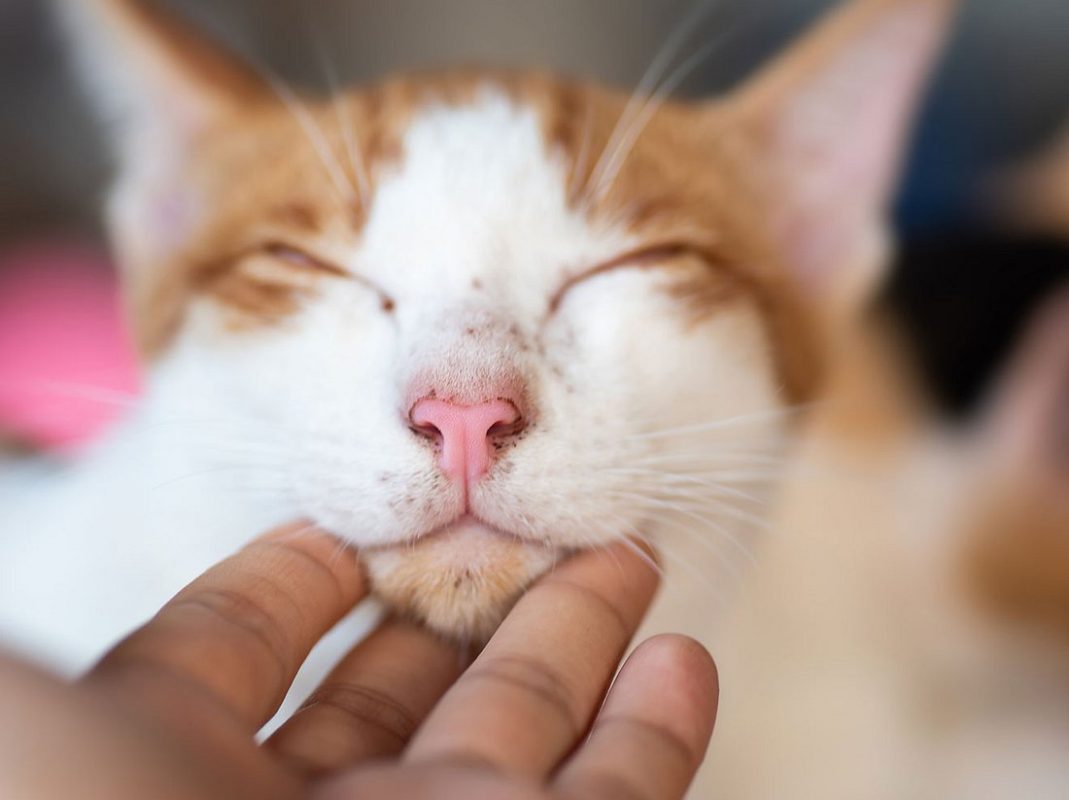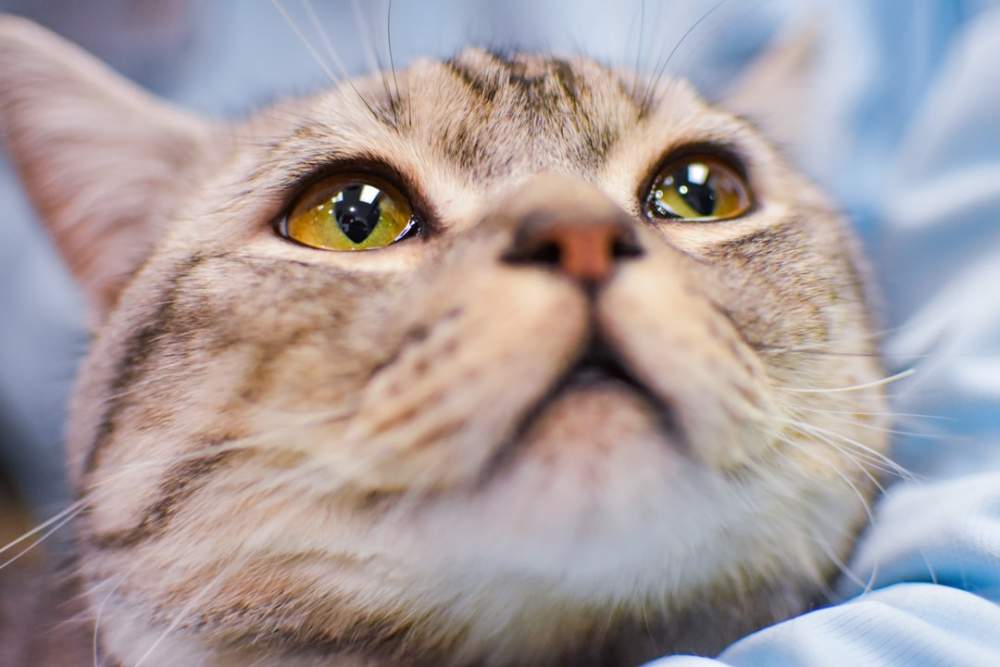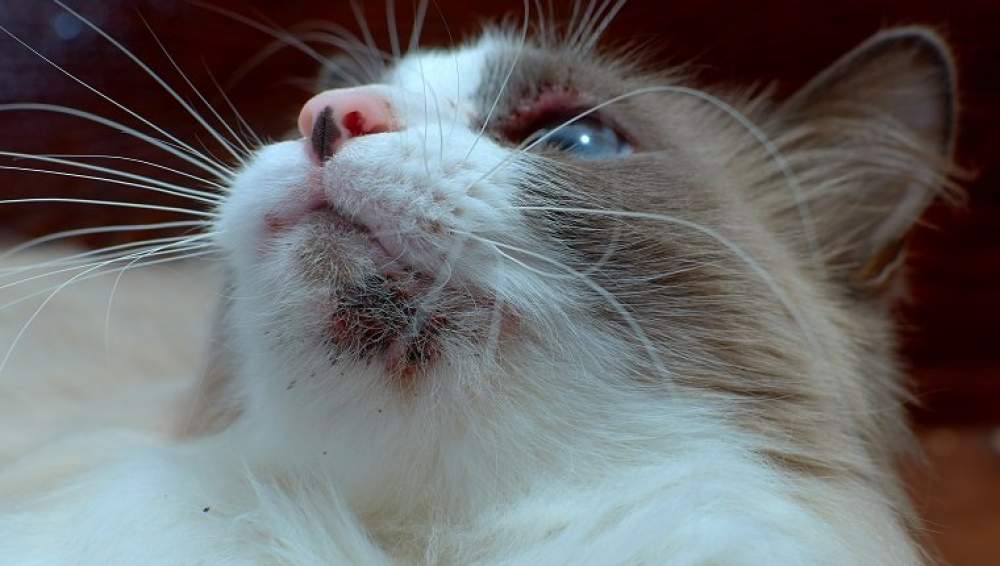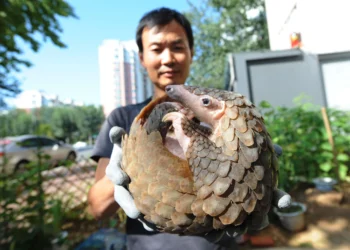When you hear about acne, you immediately think of a teenager going through puberty or an unlucky young adult. However, this skin problem alternately hormonal or environmental can affect most mammals since polluted environments or hormonal imbalances do not only affect humans.
Be aware that cat acne is a fairly common problem that can have many causes, some worrying, others benign, but one thing is certain: It will systematically be necessary to consult to know the origin of these unsightly little pimples and find the right treatment that will relieve your cat.
What is cat acne?
The phenomenon of acne is common to many species and is explained by excessive production of sebum (we will see below what can cause this excessive production or have equivalent effects). Sebum is an oily liquid, naturally secreted by the skin at the base of hair and body hair. If its excess can cause effects as diverse and unsightly as oily hair and pimples, the moderate secretion of sebum is perfectly normal since it ensures the protection of the epidermis.
Sometimes it happens that this sebum is secreted too much or that it looks more vicious and mixes with tiny dead cells on the surface of the skin. This mixture clogs the capillary canal, which causes acne pimples (which manifests itself in a more or less severe way since the acne can appear in the form of small pimples of the color of the skin, as in the form of pustules or even lesions, depending on severity).
In cats, this poor elimination of sebum and dead cells causes small black dots, red spots and in the most serious cases micro-abscesses. While this skin disease is primarily caused by excessive secretion or by a change in the texture of the sebum, environmental factors tend to make it worse. For example in the event of intensive friction between damaged skin and hard surfaces.
The sebaceous glands of the cat, that is to say the glands which secrete sebum, are concentrated in its chin, lips and tail. It is in these places that we will therefore find the most pimples that appear a bit like ingrown hairs. Indeed, the accumulation of sebum and cells traps the root of the hair and prevents it from developing normally. These pimples, or comedones, can cause pustule-like lesions, with the appearance of pus and sometimes blood. The entire area affected by the acne rash is often swollen and seems to hurt the cat.
How to tell if my cat has acne?
More localized than in humans, cats usually suffer from a rash around their lips, chin, or the supracaudal area (around the tail). The main challenge is that apart from the Sphynx, we do not easily spot the presence of acne pimples, since the hairs hide them. You will therefore have to be particularly vigilant.
However, certain symptoms can alert you to the presence of acne pimples in cats and skin inflammation.
The cat is scratching inadvertently:
The presence of acne and inflamed comedones can cause a very unpleasant itching that gets worse as the cat tries to relieve itself.
The cat tears the hair:
If you notice that your cat’s coat is a little peeled, especially on the areas mentioned above (mouth, chin, tail), he could be suffering from acne. By scratching ardently orbiting, he is likely to pull out his hair without realizing it.
The cat is bleeding:
Bleeding is another sign of itching and unwanted biting: by biting and scratching, the irritated skin begins to bleed.
The cat’s skin is infected:
If the rash is severe, poorly treated, or if the cat has scratched or bitten, the area may be fully infected.
Edemas appear on the cat’s skin:
In some cases, especially in cases of over inflammation, edema appears and the swelling can be clearly discerned despite the presence of hair.
If you suspect the presence of acne, gently palpate the “at-risk” areas to detect the presence of small pimples. Note however that some diseases cause the same type of symptoms, such as flea, ringworm or scabies infestation. If your cat has skin problems, see a veterinarian right away to diagnose acne and rule out any other potential illnesses.
what causes cat acne?
Acne in cats is a common disease that is not just caused by hormonal issues. The causes of acne in humans are well understood, but they are more difficult to identify in cats.
If the origin, therefore, remains complicated to determine, we see that many aggravating factors drastically promote skin rashes and acne in cats:
Allergies:
If allergies in cats are fairly limited and allergies to respiratory impacts are observed more often, an allergy to plastics could cause acne attacks.
Stress:
If stress tends to weaken the immune system and actually cause various and varied skin problems, its indirect consequences also play on acne. Indeed, a stressed cat tends to rub its chin, mouth, and tail on many surfaces. This friction weakens the skin and promotes the proliferation of acne on already sensitive ground.
Poor hygiene:
If the areas mainly affected by acne and/or neglected by its owner are not regularly cleaned, the cat is likely to develop skin rashes. Acne is also particularly present in depressed cats who let themselves go.
A failing immune system:
The immune system helps prevent and fight against external attacks. A weakened immune system therefore no longer makes it possible to fight effectively against viral or bacterial attacks, which favors the appearance of skin rashes.
All of these causes can be responsible for the excessive or altered production of sebum. This abnormal production, whether by the appearance of sebum or by its quantity then clogs the capillary channels, which creates the appearance of small buttons and, later, pustules or lesions.
Even if it is not clear why, more and more cats suffer from acne, whether they are males, females or kittens.
Reading Suggestions; Boy Cat Names – Find the Perfect Male Kitten Name
How to treat cat acne?
It can take a long time to be diagnosed with feline acne. This disease is not only poorly understood, but its symptoms are also similar to those of many other skin diseases (such as scabies, ringworm, cat yeast infections, etc.). The external signs are sometimes discreet enough to go unnoticed, for example in case of a rash of small size or if the comedones are small and the same color as the skin. There are two types of cat acne: mild acne and severe acne.
The mild form heals well and is not very aggressive although it can reappear regularly, for example, if your cat suffers from a slight immune deficiency. The cat does not need to be sick or in poor health to have its immune system weakened since many situations can cause a temporary decline (pregnancy, treatments, seasonal virus). Another common cause of mild acne is a plastic allergy, much more common than you might think, this allergy causes mild acne and is cured by simply removing allergens from the cat’s environment.
If your cat suffers from a mild form of acne, his veterinarian can prescribe a suitable cat acne care product and a shampoo to regulate the secretion of sebum. If the comedones are inflamed, the vet may also prescribe a disinfectant ointment. In case of infection or presence of pus, it will be necessary to rely on a traditional antibiotic treatment to fight the infection.
Serious forms of acne can also be treated with a local treatment product, shampoo, and antibiotics, but corticosteroids must also be added to the treatment, in particular, to reduce edema and prevent new pimples from appearing.
Conclusion:
Unfortunately, the causes of cat acne are not yet known. It is estimated that they could be mainly of allergic origin and that they would be likely to return from time to time, especially when the cat’s immune system is less efficient than usual.
The best way to prevent this disorder is therefore to ensure your cat a healthy lifestyle and a suitable diet, rich in nutrients. Be vigilant and do not bet everything on the “cat toilet”. Your animal is certainly independent, but still needs you for its maintenance: brushing, adapted shampoos, it is up to you to take care of your animal, to offer him adequate care, and to remain vigilant in order to consult a veterinarian at the slightest symptom.









